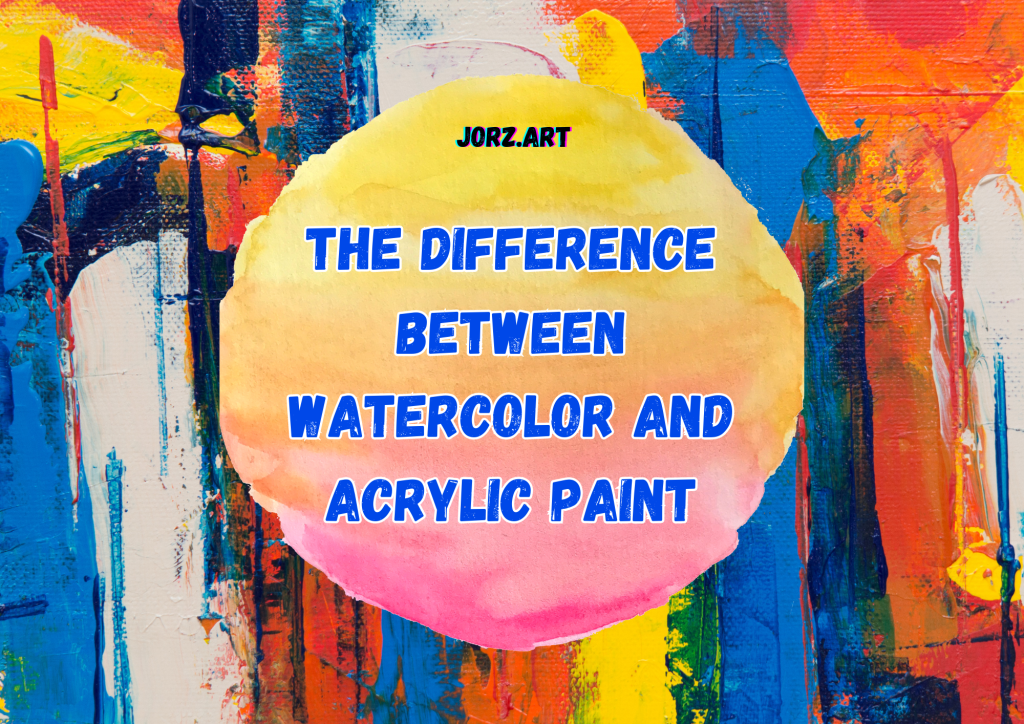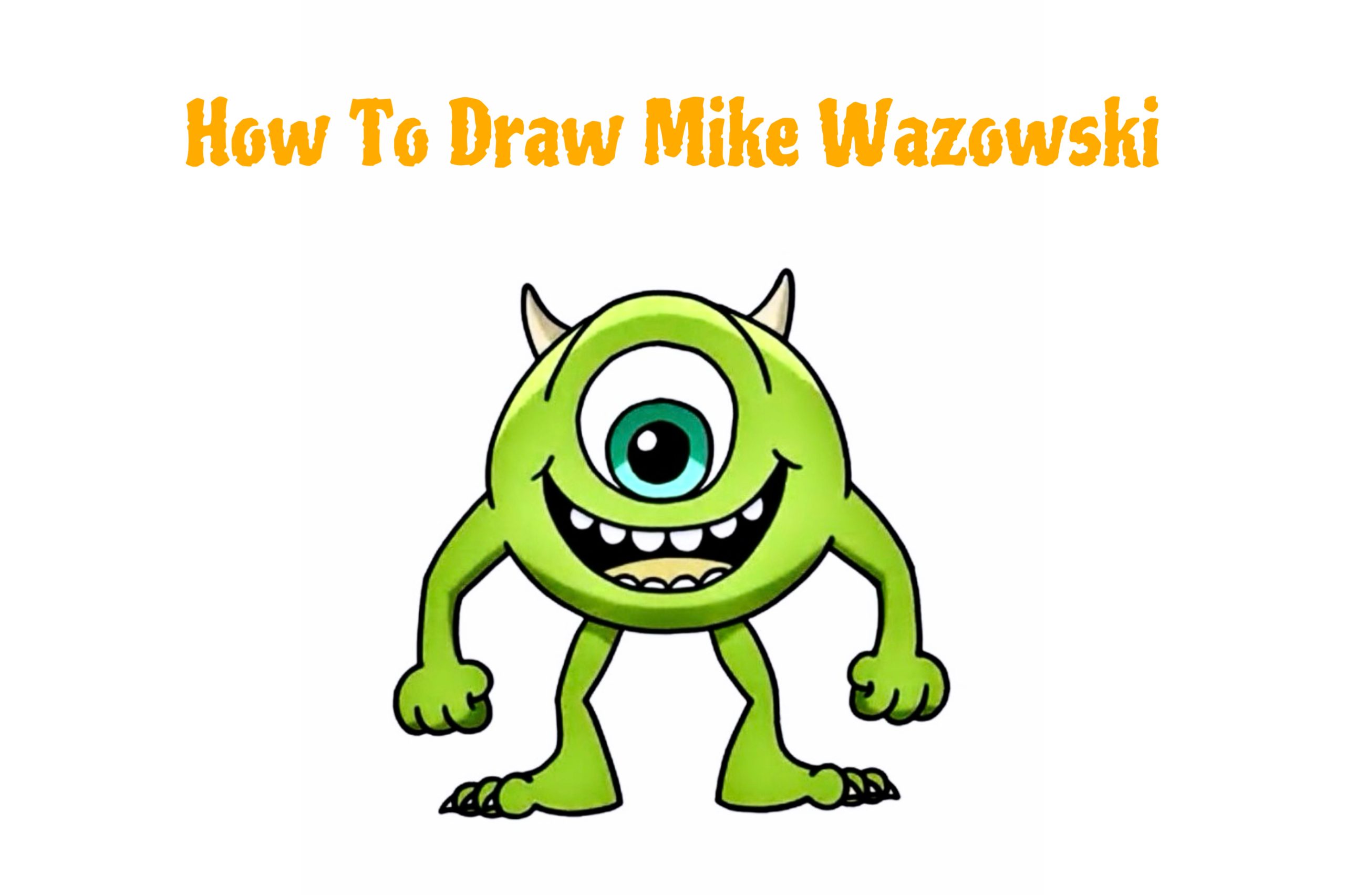Coloring Techniques
The Difference Between Watercolor And Acrylic Paint
Watercolor and acrylic paint have similarities and differences in properties and uses. Let’s find out with Jorz.art.
Concept
Watercolor is quite a popular material in painting. Watercolor is made from pigment granules mixed with binder and gum arabic. The basic properties of watercolor are transparency and lightness, as well as the purity and intensity of the pigments. These properties are due to the fact that thin layers of color are always placed on the paper, and therefore the color layers become transparent to the rays of light passing through. The color grain of watercolor is smooth and clear, so watercolor is used to dilute with water. The watercolor painting process involves dyeing the paper, so once the color has been absorbed into the paper, it cannot be brightened. Therefore, watercolor will be painted from light to dark gradually. Watercolorists are very limited in their use of white because the white color of the paper is already there.
Acrylic color, also known as acrylic paint or 3D color, is the name of a type of color made mainly from acrylic resin combined with a solvent of water and isopropyl alcohol. This is a non-toxic solvent, and it is safe for human health, including children. The raw materials for this color are mined from inorganic mineral mines. It will then be finely ground, ground into powder, and then mixed and dispersed into a solvent including water, isopropyl alcohol, and acrylic resin. This mixture will be evaporated and allowed to dry. The plastic molecules will bond together and create the finished product, an acrylic color.
Drawing material
Watercolor can only be drawn on specialized paper such as canson, happy, nabi, potentate paper, thick paper, high paper weight (200g or more), and not too absorbent.
Acrylic colors can be painted on all materials, such as canvas, wood, glass, plastic, walls, etc.
Coverage
Watercolor has quite poorer coverage than acrylic colors. Because the coverage is not high, the watercolor paintings are very clear and beautiful.
Color fastness
Watercolor paintings are known for their delicacy and transparency, but they are often considered less durable than acrylic paintings. Watercolor pigments are susceptible to fading over time, especially when exposed to direct sunlight. Watercolor is durable for several years. Very susceptible to mold and damage if exposed directly to water and light.
Acrylic colors have a durability of 20-50 years; if well maintained, they can last longer. Once dry, acrylic paint forms a durable and flexible film that is resistant to fading and yellowing.
Ability to spread and blend colors
Watercolor has the best color transfer ability. Water will help the colors blend together quickly.
Acrylic paint dries very quickly, so you need to be quick during the painting process. This makes it difficult to blend smoothly from one color to another.
Drying time
Watercolor dries the fastest; in just a few minutes, the color layer is dry, so this is the most difficult paint to fix. Each stroke requires high technical and color precision.
Acrylic paint dries in 2-5 minutes. Once dry, it cannot be dissolved, so it cannot be repaired on the dried color layer. However, the adhesion and color overlap are good, so when you want to continue painting or repairing, you just need to overlap the next layer. Acrylic is suitable for construction painting because most of these types of paintings need to shorten the completion time, so they need a color that dries quickly. Acrylic is very suitable for painting other types of paintings, such as abstract, ink, and embossed paintings. In addition, acrylic is also frequently used by many wall painting artists.
Technique
Watercolor paint and acrylic paint require different techniques due to their unique properties. Watercolor is often used for techniques such as wet on wet, wet on dry, and glazing. Acrylic paint can be applied in thick impasto layers, can be used to create textured effects, and can be easily layered and corrected.
Price
Depending on each brand and customer segment, such as students or artists, there are many different prices. Students who are just starting to learn how to draw should choose colors that suit their budget and abilities. When drawing, it is better to choose good colors to ensure the effect and durability of the work. Because when drawing a work, you spend a lot of enthusiasm and time.
Cleaning
Watercolor paints are easily cleaned with water because they are water soluble. In contrast, once dry, acrylic paint is water resistant and requires solvent or soapy water to clean.
Preservation
A strong point about acrylic is that it is very easy to preserve, never gets moldy, and can be used by children for drawing if possible. Remember to close the lid of the color bottle tightly after use.
When should we use watercolor?
- Create a transparent effect: Watercolor is used to create transparent layers of color, allowing light to pass through and creating a soft, delicate look. If you want to create blurred, smooth, and transitional effects, watercolor is the right choice.
- Painting realistic scenes: Watercolor is often used to paint natural scenes, such as the sky, mountains, sea, trees and flowers. The transparency and clarity of watercolor help recreate natural landscapes realistically.
- Flexibility: Watercolor dries quickly and is easy to adjust during the painting process. If you want to work quickly and be able to adjust colors as you go, watercolor is a versatile choice.
When should we use acrylic colors?
- Creates coverage and intense color: Acrylic paints have more coverage than watercolors and create strong, bold colors. If you want to create works with vibrant and strong colors, acrylic paint is a good choice.
- Create textures and special effects: Acrylic paints allow for special textures and effects, such as painting with a dry brush, using a palette knife, or creating thick layers of color. If you want to explore diverse techniques and effects, acrylic paint is the right choice.
- Durability: Acrylic paint dries into a hard, durable film that does not fade over time. If you want to create durable and long-lasting works, acrylic paint is a good choice.
Overall, choosing between watercolor and acrylic paint depends on the desired effect, technique, and the artist’s personal preferences. Watercolor is often favored for its transparency and delicate washes, while acrylic offers versatility, durability, and the ability to create both transparent and opaque effects. No matter what materials you use, whether it’s watercolors or acrylic paints, strive to find the best products for yourself. Jorz.art offers a wide range of watercolor and acrylic paints with diverse colors at affordable prices that you can consider purchasing. Also, don’t forget to download coloring pages on various life themes, such as animals, holidays, or cartoon characters, to practice watercolor or acrylic painting.
Watercolor and acrylic paint have similarities and differences in properties and uses. Let’s find out with Jorz.art. Contents ConceptDrawing materialCoverageColor… View More









